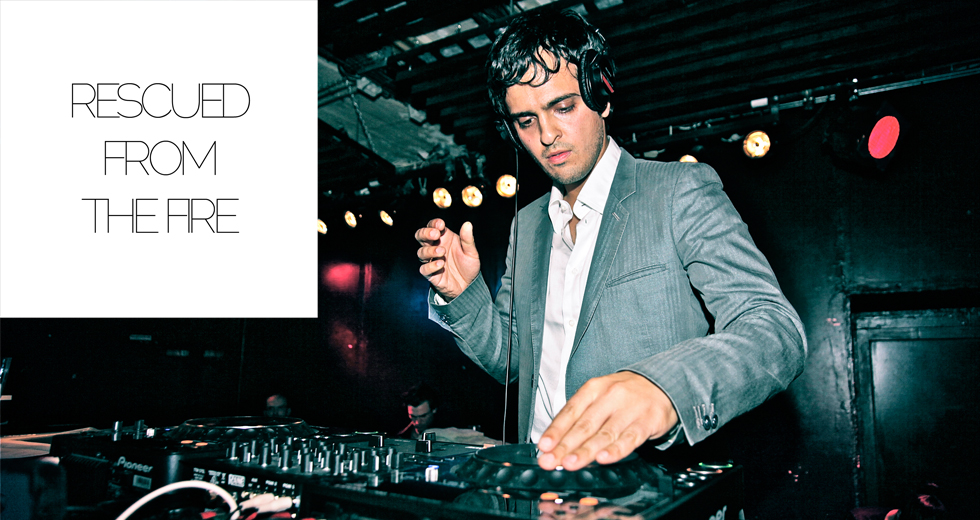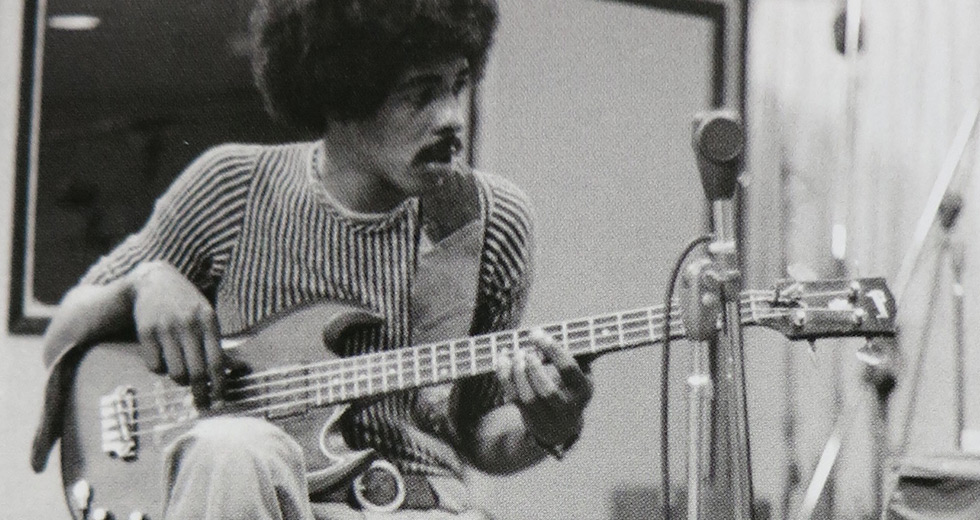Funk Archaeology: Jazz Funked Up in Budapest
There are record collectors… And then there are people like Egon from Now-Again. Egon – who was the general manager of the Stones Throw label for 11 glorious years – is one of those rare creatures scouring the entire globe for the choicest bits of obscure wax, from Turkish psych to Zambian soul. This time around, Egon takes a trip to Hungary.
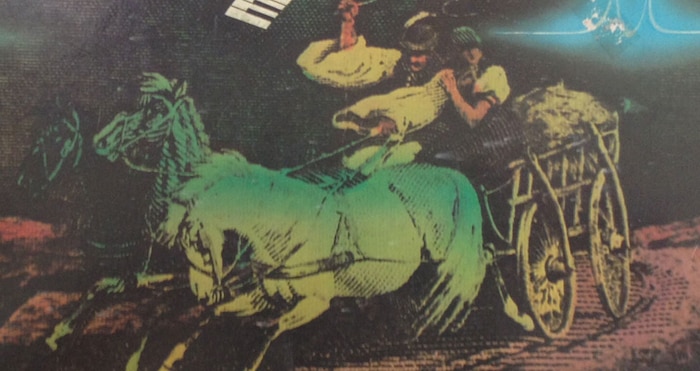
I’ve always tried to bring home records from my first visit to any country. It sometimes turns into an obsession: I’d abstained from buying Brazilian records, mainly due to scarcity and prohibitive cost of entry, before a two week Red Bull Music Academy-related trip in 2002 turned into a month long vinyl excavation. Eleven years later, I still find myself as enthused as I was on my first trip, but now I’m searching for records so far down the rabbit hole that I’m priced out of the market. Again.
In the late ’90s Hungarian records seemed like something from a final frontier.
So I’m pleased when the records I carry with me on a return flight to Los Angeles are just an interesting set of mementos, a reminder and not a haunt. I’ve kept a series of Roland Kluger-produced albums from my first trip to Belgium, and they happily remind me of my first tour there. But I don’t feel inclined to buy more albums when I’m in the country: the placebo records I’m missing are now far too expensive, and, well, there’s just too many interesting trappist ales to drink to spend all of my free time in Brussels’ remaining record stores searching for non-existent bargains.
A recent trip to Hungary with Madlib, though, offered what I hoped would amount to vinyl overload. I thought back to the late ’90s, when Hungarian records seemed like something from a final frontier. I paid way too much for covers of Lowell Fulsom “breaks” on records like Beat Ablak. Then my thoughts turned to the millennium, when Sarolta Zalatnay’s debut became an exotic must-have, and whose story – and legendary beauty – became conversation fodder for many a night at the now-shuttered NYC nightclub APT. The booker there was a Zalatnay obsessive, and I think he booked Andy Votel, whose Finders Keepers would later issue a comprehensive Zalatnay anthology, just to hear him play all of her records in his club.
But damn, there were also the bathhouses, the interesting Hungarian wines, paprika-loaded cured meats. There might not be time to forage for vinyl! Yet as Madlib and I sat in an empty wine bar that first eve, as Hungarian guitarist Gabor Szabo’s “Gypsy Queen” played quietly over the din, it seemed as though we’d been issued a directive. As our conversations turned to Szabo’s mastery, of the number of incredible albums he put out in his all-too-short lifespan, of his partnership with fellow dark iconoclast Gary McFarland, I resolved to leave with a handful of black plastic.
Later the next night, as we sat in the foyer of Budapest’s House of Contemporary Arts, waiting for Madlib’s turn to play, a friendly face approached, asking if we were into buying some records. Early the next morning we were treated to a curated selection of choice LPs; I realized quickly that, although I’d asked him to bring whatever smattering of rock and jazz he might have available to sell that he’d deferred to the jazz side of the request. I was surprised, what with Kanye West’s now-famous pilfering (it’s hard to call such a liberal use “sampling”) of early Hungarian rockers Omega’s “Gyöngyhajú Lány” on his recent album. I figured I’d at least see a smattering of the state-run Qualiton’s obscure but usually quite excellent freakbeat and psych LPs in this stash.
Instead, our friend had brought us records from Qualiton’s successor, the orange-labeled Pepita imprint, and from the mid- to late ’70s at that. But the short listening session ended up being quite the pleasant experience, and I was able to indulge a bit of rare groove nostalgia at reasonable prices. Of course, after I got home and listened to my stack with proper attention, I found some nice surprises hidden amongst proggy Eastern Bloc jazz.
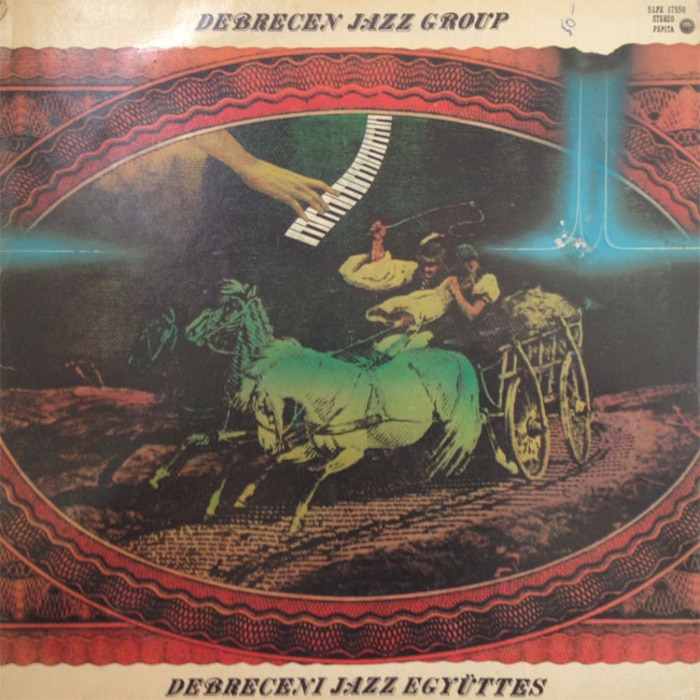
Debrecen Jazz Group - “Egyutt” (Pepita, 1979)
Madlib recognized this one immediately. Listening to “Bitter,” I wondered if he might have bought it from The Creators’ Julien, the UK record dealer who supplied us many-a-then-oddity in the late ’90s and early ’00s. That song, with its opening bass/drum loop, electric-violin solo and funk-to-jazz changes, was exactly the kind of thing I would have heard Julien needle drop in his bedroom store a decade ago. I’d certainly gotten some great Bloc records from him: Thomir Pop Asmovic’s cover of James Brown’s “Hot Pants” sprung to mind. But that song just sounded a bit too of that moment. Then the frothy, flute-lead jazz funk of “Egyutt” won me over, and certainly belied its late ’70s recording date: it could easily be mistaken as an early ’70s Brian Auger outtake.
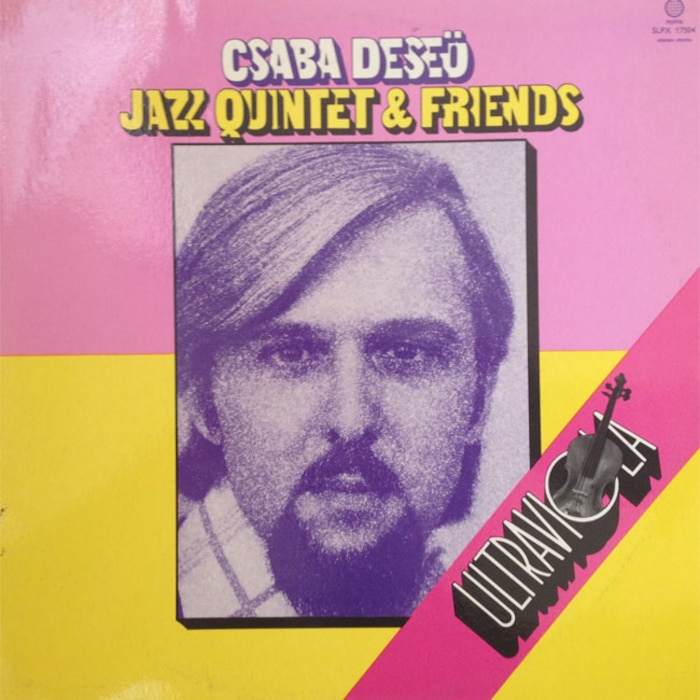
Desepo Csaba - “K 14” (Pepita, 1977)
This I recognized from its top shelf space in the New York City record emporiums of the late ’90s: Hungarian violinist/violist Desepo Csaba’s Ultraviola, his first album as a leader released on the Hungarian state label, and a fine follow up to his Peter Herbolzheimer-band backed Four String Tschaba, released by the German MPS label. With Janos Masik in place of Deiter Reith on Fender Rhodes, and a surprisingly sprite combo of Nikos Pognonatos on drums and Istvan Dely on congas, this session takes on a loose, funky feeling in keeping with Michael Urbaniak’s best from the era.
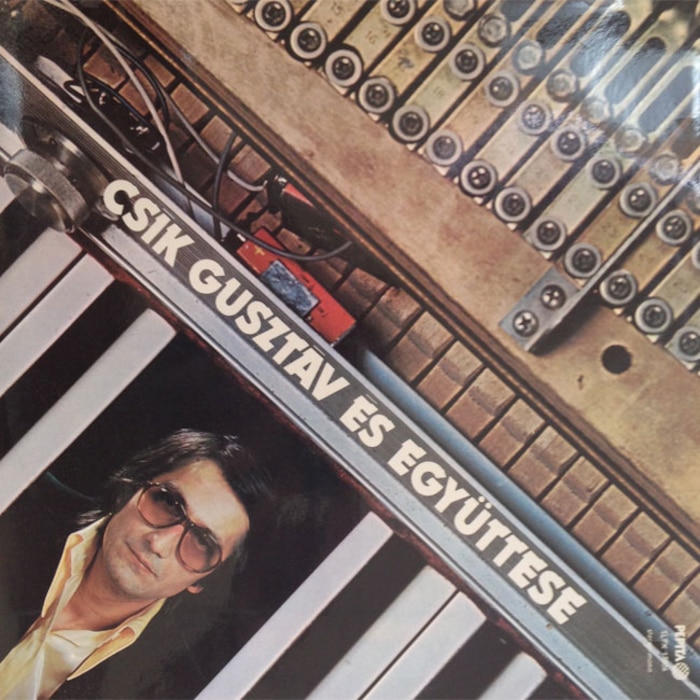
Gusztav Csik - “Skyscrapers” (Pepita, 1977)
Obviously a cover of the version of this tune from Brazilian keyboardist/writer/arranger Eumir Deodato’s CTI issue of Deodato 2 – not the version from the Brazilian album Os Catedraticos, which inspired one of Madlib’s best Sound Directions’ covers – this song, featuring accomplished keyboardist Csik’s runs on Fender Rhodes and Arp String Ensemble, stood out on an album of mundane jazz funk. Csik, who performs to this day, played with bop legend Eddie “Lockjaw” Davis and clarinetist Tony Scott who, according to All Music, called him “the best European jazz pianist today.” Tall praise, but this song is all disco-era jazz-funk majesty, certainly a welcome respite from, say, Lalo Schifrin’s ode to the Twin Towers, “Towering Toccata.”
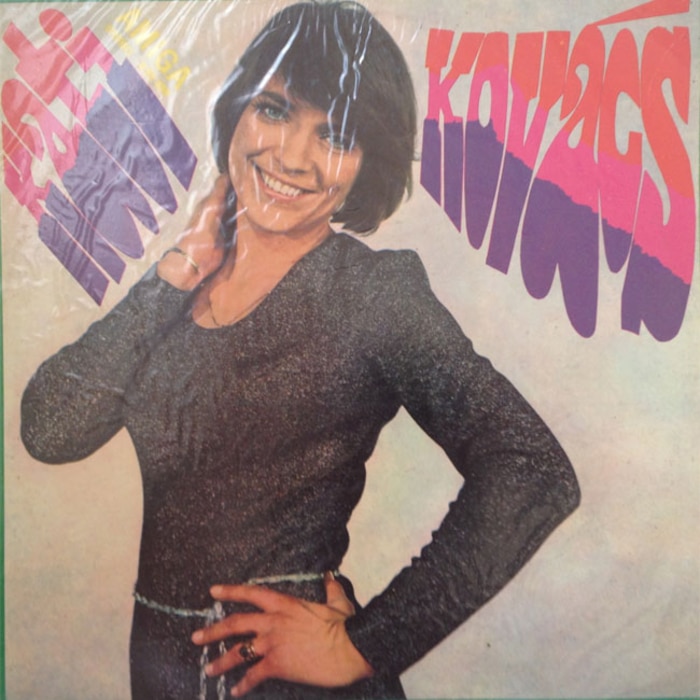
Kati Kovacs - “Wind, Kom, Bring Den Regen Her” (Amiga, circa 1973)
Kati Kovacs competes with Sarolta Zalatnay as Hungary’s best known female rock vocalist: both have extensive discographies in their home country, and both made enough funk-tinged music to revive their ’70s recordings in the late 90s. Kovacs often sung in a rough, Janis Joplin-influenced growl, and this song, taken from an album released in East Germany circa 1973, contains two essential tracks in the style. The first, “Sehnsucht,” is fun, full of wah-wah guitar and fuzz bass. The second, “Wind, Kom, Bring Den Regen Her,” a variation of her 1972 Hungarian hit “Add már, Uram, Az Esőt!,” is the business. All attitude, Hungarian folk flourishes and tough rhythms dished out by the Juventus band, it’s not surprising that this song became sample fodder (as in Christina Aguilera’s “Woohoo”) in the new millennium.
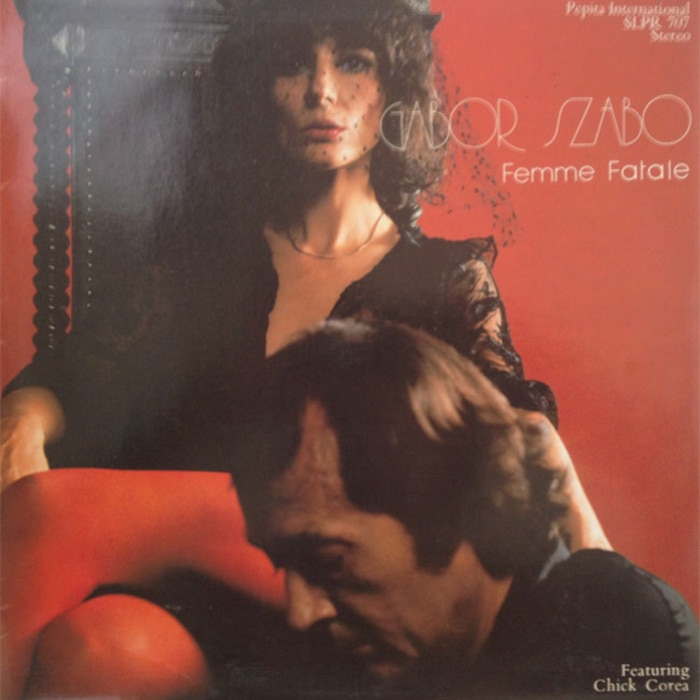
Gabor Szabo - “Femme Fatale” (Pepita, 1982)
Gabor Szabo, the great Hungarian guitarist who influenced everyone from Carlos Santana to George Benson, is largely unknown in his home country. He spent the majority of his life in the United States and his catalog was largely released on American labels, most – his greatest works, in my opinion – for Impulse. It’s really hard to sing his praises in a short span – and an entire column would barely do his Impulse run justice, let alone the records he released on Skye, the label he co-founded with Gary McFarland and Cal Tjader in the late ‘60s. Let me just say: if you’ve not yet sought out his 1966 album Jazz Raga you should: it’s an essential album for any fan of 20th century music, and Szabo’s cover of “Caravan” might make you forget the hundreds of versions you’ve heard over the years.
So it’s sad that this, his last album, is also his weakest. We know, now, that he was ill during the recording, which was released only in Hungary the year of his death. Even though I knew that the album wouldn’t live up to the great music of his past, I bought it, carried it home and filed it next to his many masterpieces in my shelves, making sure I placed the inner sleeve of Szabo, in profile, staring into the distance, atop the jacket: a reminder of his drive in the face of his mortality.
